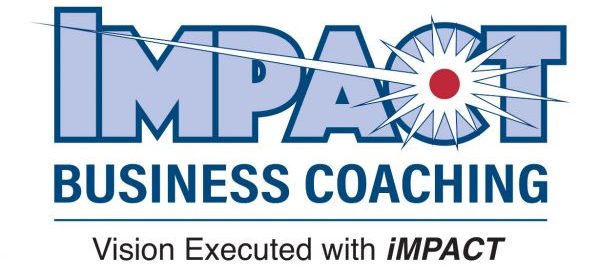Financial Concepts for Business Owners and Managers
Excess Cash
- From operations
- Generating positive cash flow on monthly basis
- From reserves
- Cash balances higher than needed to run the company in the short term
Goal
- Keep sufficient cash balances for short term (shock absorber)
- Set cash balance target
- Set Liquidity target
- Keep sufficient equity for long term (shock absorber)
What can excess cash be used for?
- Prepay Debt
- Add to short term cash reserves
- Replace guaranty from Boo
- Distributions for Tax payments
- Distributions for Shareholders
- Increase Inventory (if any)
- Advance Purchase for volume discounts, special buys or closeouts
- Avoid upcoming Commodity Prices increases
- Increase Production
- Increased Hours
- Increased Equipment
- Increased Building
- Increase Storage
- Increase Manpower (to overcome Constraints)
- Production
- Sales
- Pay vendors faster
- Strengthen Relationships
- Use more Discounts
- Volume
- Bulk Freight
- Early Pay
- Offer slower Customer terms
- Expand or strengthen relationship
- Improve other terms (price?)
Definitions
- Opportunity Cost
- Liquidity
- Excess Cash
- Functional Organizational Chart
- Vs. People Organizational Chart
- Subordination of Debt
- EBITDA
- Debt Service
- Mark up vs. Margin Pricing
- Metrics
- Swap
- Fixed Rate
- Variable Rate
- Depreciation
- Amortization for Loans
- Amortization for Intangible Assets
- CPA prepared Financial Statements
- Audited
- Reviewed
- Compiled
- Tax Return
- Industrial Revenue Bond
- Debt Covenants
- Debt Service Ratio
- 1.25:1
- Debt to Net Worth Ratio
- Working Capital
- Assets
- Liabilities
- Capital
- Equity
- Net Worth
- Credits and Debits
- Changes in Credits and Debits
- Revolving Loan
- Term Loan
- Factoring
- Lien Waivers
Concepts
- Liquidity
- Short term shock absorbers
- Long term shock absorbers
- Line of Credit and short term borrowing
- Swap of Interest Rates
- Opportunity Cost
- Incremental Profit – Contribution Margin
- Breakeven Analysis
- Overhead Factor
- Cash Management
- Inventory Turnover
- Asset Efficiency
- Days on Hand/Turnover
- Accounts Receivable
- Accounts Payable
- Debt Overhead
- Leverage
- Cycle (or Path) to Cash
- Financial Road Map
- Business Risk Profile
- Theory of Constraints
- Functionally organized company
